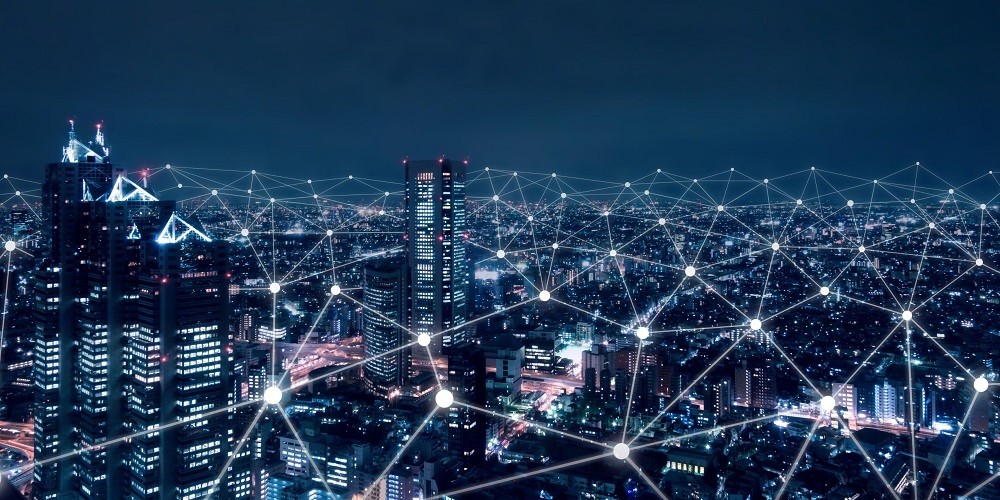Deploying Massive IoT for Smart Cities

Massive IoT (mIoT) is predicated on the ability to scale deployments into networks that comprise tens and even hundreds of millions of connected IoT devices. Eventually this figure will be measured in billions. Most will be low power devices that are expected to run for ten years or more on batteries and connectivity will be provided by networks that scale and deliver low-cost services. The challenges and opportunities of Massive IoT are explored in the new report ‘Getting to Mass IoT Deployment: Challenges and Opportunities’ available via free download at www.mass-iot.com.
mMTC (Massive Machine-Type Communications) is one of the three generic 5G services. It was designed to support extremely high connection density of online devices and to provide low bandwidth connectivity. mMTC is therefore an ideal, connectivity candidate service.
LoRa is a relatively new communications service that was specifically designed for low-power, low-cost devices. It employs a proprietary radio technology that operates in the unlicensed ISM (Industrial, Scientific, and Medical) band. LoRaWAN, which is a communication protocol, is an ideal deployment service: battery-operated IoT applications are the fastest growing sector of IoT. Device deployments are set to reach 1.5 billion by 2026. Source ABI Research.
Smart Cities
Smart cities use IoT devices such as connected sensors, lights, and meters to collect and analyze data. The data is used to improve infrastructure, public utilities and services, and more. Their dense urban environments are a key target for mIoT deployments. Moreover this sector is expanding. According to UN-Habitat’s World Cities Report 2022, global city population share doubled from 25% in 1950 to approximately 50% in 2020 – and over the next 50 years, it is projected to increase to almost 60%.
Europe is leading the world in smart city development. The EU has been proactive in encouraging its member nations to develop smart cities, and the European Commission has allocated 365 million euros for this purpose. (Insider Intelligence)
Smart city devices work to make everyday tasks easier and more efficient, while relieving pain points related to public safety, traffic, and environmental issues. Managing traffic flow and transportation is one of the greatest challenges that smart cities face and IoT provides practical solutions. By generating real-time data, solutions for traffic monitoring can optimize traffic flow by adjusting the timing of traffic signals.
The wide range of developments that are facilitated by IoT technologies include:
- Smart lighting,
- Smart waste management,
- Surveillance measures, and
- Environment monitoring.
As urbanization, industrialization, and consumption grow, environmental pressures multiply. Smart cities, however, help their inhabitants live more sustainably while simultaneously improving their quality of life. For example, sharing real-time air quality information with the public via smartphone apps enables individuals to take protective measures, which can reduce negative health effects by 3-15%.
Everynet (www.everynet.com) is a major player in this market. The company builds and maintains carrier-grade, national LoRaWAN networks – offering ultra-low-cost Connectivity as a Service. This allows MNOs, MVNOs, enterprises and municipalities to provide quick, massive rollout for numerous use cases. Examples include enhancing urban environments through smart lighting and addressing the challenges of stormwater flooding.
A well-structured lighting system can have a big impact on people’s relationship with the city. One study from the State University of São Paulo in Brazil, compared stretches of federal roads before and after the implementation of public lighting. For a specific stretch of road, the report showed a 35% decrease in the number of accidents and injuries, and a 60% drop in deaths.
Cary, like many towns in the US and abroad, had no automated visibility into rising water levels during a storm. However, Cary is implementing a SAS analytics and LoRaWAN solution that addresses the challenges of stormwater flooding. By placing a grid of water-level sensors and rain gauges at several key points around their 60-square mile town, they are gathering critical data about local water levels. While still early in its deployment, the solution is yielding positive results.
Municipal governments are leveraging cellular and LoRaWAN wireless technologies to connect and improve infrastructure, efficiency, convenience, and quality of life for residents and visitors alike.
Bob Emmerson
Technology Editor, Beecham Research
News | Blog